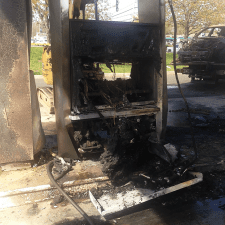The Emergency Planning and Community Right-to-Know Act (EPCRA) was created in response to concerns regarding the environmental and safety hazards posed by the storage and handling of toxic chemicals. The act imposes requirements on local, state, and Federal governments regarding emergency planning and requires industry to conduct “Community Right-to-Know” reporting on the storage, use, and releases of hazardous and toxic substances.
Most industrial, institutional, and municipal facilities have a large inventory of hazardous or toxic chemicals on site. Industrial facilities frequently manufacture, process, or use such chemicals on a routine basis, sometimes in large quantities. The presence of these chemicals can lead to liabilities, and frequently serve as a focal point for regulatory inspections. Failing to understand your compliance obligations with respect to the chemicals your facility manufactures, processes, or uses can be a costly mistake.
EPCRA has four major provisions:
- Emergency planning (sections 301-303),
- Emergency release notification (section 304),
- Hazardous chemical storage reporting requirements (sections 311-312), and
- Toxic chemical release inventory (section 313).
Do you need to evaluate your compliance with the laws and regulations relating to hazardous and toxic chemicals?
Do you need to develop a plan to ensure that chemical reporting and release notification requirements are met?
Have you been served with a notice of violation and potential penalties?
Our environmental professionals can help! Our environmental compliance staff routinely evaluates our clients’ compliance with right-to-know requirements, and helps to devise strategies to ensure future compliance. We are familiar with requirements such as inventory reporting, toxic chemical release (Form R) reporting, and notification requirements. We can also help respond to unanticipated environmental releases of chemicals.


